Orsigna, a corner of Paradise
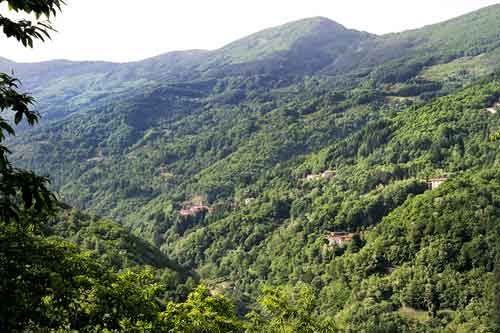 There are places whose natural, historical and cultural treasures have been left untouched by the mad whirl of big cities, and that represent a chance for whoever discovers them, to know they are part of a greater design; Orsigna is one of them. (Excerpt from the book "Orsigna, a land of Bounderies" written by Francesca Cosi and Alessandra Repossi.) We're talking about a fascinating valley in the Tuscan-Emilian Apennines in the province of Pistoia, which the well-known journalist and writer Tiziano Terzani described as his "last love".
There are places whose natural, historical and cultural treasures have been left untouched by the mad whirl of big cities, and that represent a chance for whoever discovers them, to know they are part of a greater design; Orsigna is one of them. (Excerpt from the book "Orsigna, a land of Bounderies" written by Francesca Cosi and Alessandra Repossi.) We're talking about a fascinating valley in the Tuscan-Emilian Apennines in the province of Pistoia, which the well-known journalist and writer Tiziano Terzani described as his "last love".
Besides being the ideal departure point for walks and hikes along the Tuscan-Emilian mountain ridge, Orsigna is also part of the Ecomuseum of the Pistoiese mountains. In fact, there's a lovely scenic walk where you'll come across an antique 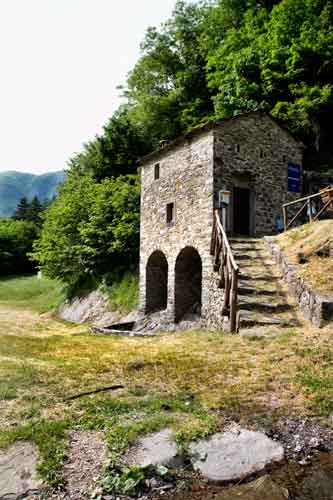 watermill where, even today, during the month of November, the chestnuts gathered in the valley are ground; you'll also find a type of shed with, inside, a frame for drying the fruit, the "charcoal burner's hut", where visitors can be, for just a moment, in the shoes of the "Orsignani" who, up until the 50's, lived in the woods and produced the coal. And last but not least, you'll find a a didactic charcoal-pit to show how this precious combustible was produced, and two " Leonardo" bridges, built from the project of the famous genius from Vinci. (Text from Francesca Cosi).
watermill where, even today, during the month of November, the chestnuts gathered in the valley are ground; you'll also find a type of shed with, inside, a frame for drying the fruit, the "charcoal burner's hut", where visitors can be, for just a moment, in the shoes of the "Orsignani" who, up until the 50's, lived in the woods and produced the coal. And last but not least, you'll find a a didactic charcoal-pit to show how this precious combustible was produced, and two " Leonardo" bridges, built from the project of the famous genius from Vinci. (Text from Francesca Cosi).
If you want to eat out, in a really typical mountain place, there's "Il Mulino di Berto" or "Berto's Mill", tel. 0573-490101, just a few minutes beyond the village square, where Leonardo and his team prepare pizza (also takeaway), and invent tasty new menus for the 'discerning' palate, and let us not forget the desserts! And what about "La Selva" at Casa Sandrella, where Rosita and family await you with their traditional mountain specialities.
The village of Orsigna is surrounded by a large valley that encloses more than 30 hamlets. Case Moretto, the hamlet where our houses are, is one of these, and is less than 2 kms from the village of Orsigna. It's situated at almost 1000mt. a.s.l. The hamlet is composed of 15 houses, inhabited mostly in summer. It faces onto the magnificent valley of Orsigna and has sunshine from morning to evening. The village of Orsigna is 4 kms. from Pracchia where there is a train station, and has trains arriving from Pistoia, Porretta Terme and Bologna. Orsigna is 28 kms. from Pistoia, 60 kms. from Florence, 78 kms from Bologna, 14 kms from San Marcello, 33 kms. from the Abetone, and 44 kms. from Lucca.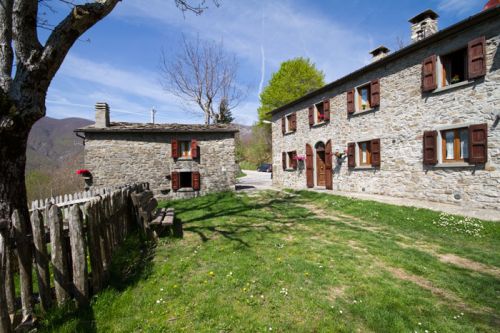 The hamlet of Case Moretto is connected to path n° 5 of the C.A.I., the Italian Alpine Club, which joins the Tuscan/Emilian mountain ridge where you can make excursions to the shelter of Portafranca, to Montanaro, and, on the Emilian side, as far as the Lake Scaffaiolo, along incontaminated mountain paths amid breathtaking scenery.
The hamlet of Case Moretto is connected to path n° 5 of the C.A.I., the Italian Alpine Club, which joins the Tuscan/Emilian mountain ridge where you can make excursions to the shelter of Portafranca, to Montanaro, and, on the Emilian side, as far as the Lake Scaffaiolo, along incontaminated mountain paths amid breathtaking scenery.
We look forward to welcoming you to the valley of Orsigna.
Carlo and Joan
![]()
"THE END IS MY BEGINNING", the book and the film, by Tiziano and Folco Terzani.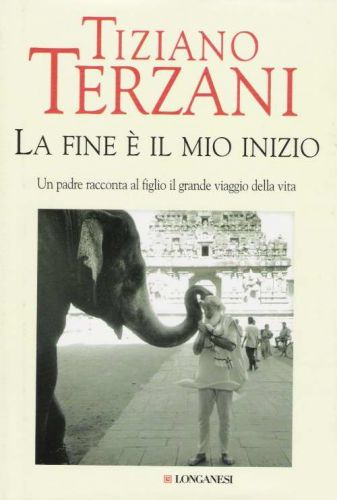 In the months of September and October, 2009, a film was made in the valley of Orsigna based on the book "The End is my Beginning". This was the last, incredibly moving, book of Tiziano Terzani and was written in Orsigna in collaboration with his son Folco.
In the months of September and October, 2009, a film was made in the valley of Orsigna based on the book "The End is my Beginning". This was the last, incredibly moving, book of Tiziano Terzani and was written in Orsigna in collaboration with his son Folco. 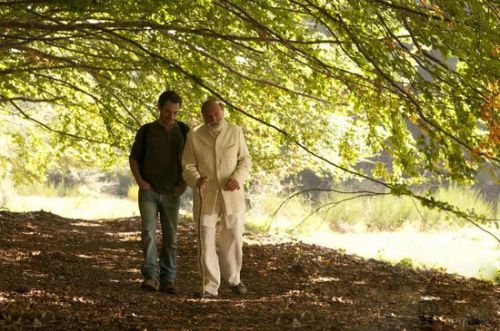 The film, which was made by a German film company 'Colina Productions', was made almost exclusively in and around Orsigna, and for the duration of the shooting of the film, we had the great pleasure of hosting in our houses, the producer Jo Baier, the director Uli Limmer, the camera woman Judith Hoffman and the main actors and actresses, Bruno Ganz, Elio Germano, Erika Pluhar, Gianni Gavina and Andrea Osvart.
The film, which was made by a German film company 'Colina Productions', was made almost exclusively in and around Orsigna, and for the duration of the shooting of the film, we had the great pleasure of hosting in our houses, the producer Jo Baier, the director Uli Limmer, the camera woman Judith Hoffman and the main actors and actresses, Bruno Ganz, Elio Germano, Erika Pluhar, Gianni Gavina and Andrea Osvart. 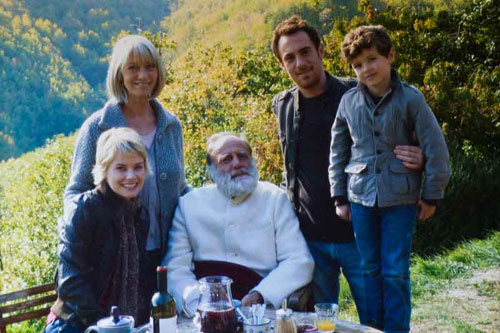 They had wonderful weather for the entire time they were shooting, and so were able to see the best of the beauty of Orsigna. The film is expected to be out in September 2010, and will provide a great opportunity to appreciate, not only the wonderful story told to us by Tiziano and Folco, but also to see this valley, so loved and frequently spoken of by Tiziano Terzani.
They had wonderful weather for the entire time they were shooting, and so were able to see the best of the beauty of Orsigna. The film is expected to be out in September 2010, and will provide a great opportunity to appreciate, not only the wonderful story told to us by Tiziano and Folco, but also to see this valley, so loved and frequently spoken of by Tiziano Terzani.




